|
"Socialization" is one of the most common fears for any family contemplating homeschooling their child. This is the wrong word and concept, though. Dogs and cats are socialized. Humans are taught how to interact with others, ideally, their peers of the same age and socioeconomic background, and others who are not like them. Homeschooling can seem like isolating your child, but it really doesn’t have to end up like that. In fact, because of the nature of homeschool groups and activities, homeschoolers often successfully interact with a wide variety of people. Children can still develop their "socialization" skills in many other ways if they don’t go to public or private schools. Kids tend to learn their best socialization skills from activities they do with their own families, not from following the in-crowd at school. In fact, when my daughter was in public school for 2-1/2 years, we constantly heard that she spent too much time socializing. When I'd visit her school at lunchtime, kids were often told where to sit, when to talk, and quite often, her class had lost the privilege of socializing. When homeschooling, don't get caught up in the lie that your homeschooler won't be "socialized." If anything, that's a good thing. For my daughter, I want her to grow up to know how to interact with a wide variety of people. Here are five ways to do just that. Family Activities A good place to start is to plan a lot of activities that the whole family can do together. Playing board games as a family teaches teamwork, patience, taking turns, and how to be a sore loser (or a humble winner). Doing outside activities as a family encourages family dynamics and working together toward an end goal. Those are good things to teach; after all, you are rearing a man or woman, not raising a child. Your child won't be little forever and he or she needs to know how to work with people. Field Trips and Parks Field trips to sightseeing areas or just spending time at the local parks can allow them to interact with other kids for brief periods of time while you monitor their activities. When my daughter and I go to the park, she often organizes the other kids there in games of tag or hide-and-seek. Field trips are not just educational academically, but they also offer opportunities to interact with adults and children of all ages. Encourage your child to take the lead on talking with the ticket clerk or the gift shop attendant. Neighborhood They can also develop their peer-to-peer social skills by mingling with other kids that live in your neighborhood. They can develop friendships with other kids even if they’re homeschooled and their peers are not. Don't dismiss making friends in your own neighborhood. If you don't want your child to go to other homes (I know I don't), you can set your yard up as "the" place to be. A trampoline, swingset, yard games, and other activities can be child magnets. Keep a supply of child-friendly snacks and drinks at the ready and you're set. Invite the parents over, too, for a cookout, and build community and friendships across the board. Local Groups Socialization doesn’t just occur within the walls of a traditional school. Allow your child to join local groups for kids their age. Trail Life for boys and American Heritage Girls are popular faith-based groups for children to join and develop lifelong friendships. They learn new things and do activities together as a group. Some churches have youth groups children can join as well. Or, your child could participate in little league baseball, take swimming lessons, or participate in some sort of homeschool sports team. We recently signed our daughter up to take tennis lessons at a local recreational club operated by the city. Although we count this as PE, since she's interacting with other girls a little younger and older than she is, it helps her make friends and interact with people while doing something fun. In Public Teach your children to happily answer questions about homeschooling to other people they meet. Sometimes other kids can be so inquisitive that they want to ask many questions, and this helps break the ice for both of them - allowing a healthy friendship to develop. Our public library has a homeschool day once a month which is great because it enables other homeschoolers to get to know one another and talk. Encourage your child to ask for help from adults in stores who are wearing nametags. You need to focus on enhancing your children’s socialization skills, but never force them to find friends. The only way this can successfully happen is if it happens naturally. The more forced it is, the more likely your child won’t be able to make close bonds with his or her peers. To help develop your child’s socialization skills, just make sure they’re able to interact with peers their age from time to time. Even being around grown-ups can help foster a positive attitude and social skill that far exceeds that of kids their age. Check out the new podcast:
2 Comments
Gratitude is an essential value children need to learn at a young age, but how exactly do you teach it? Teaching gratitude does not have to be hard at all! Here are 16 super fun activities that will teach your child to be thankful for everything in their life.
Read Books There are so many amazing books that will teach your child about being thankful. Reading books brings so many great benefits, and your child will love the chance to snuggle up and read books with you! Some of our favorites include:
Make a Gratitude Chain or Tree Gratitude chains or trees are fun and easy crafts to help your child share what they are grateful for. You can make a chain for every day in November with something they are grateful for to hang around their room. Or, create a tree and add a leaf every day with something they are thankful for. With these, you can go as long as you want. Dinner Table Gratitude Tradition Make it a tradition to go around the dinner table each night and share one thing you were thankful for about today. It can be big or small. Not only will this help them find things to be grateful for, but it will also show them there is always something good about their day, which in turn teaches them to be optimistic. This gratitude tradition will also keep your family close as you talk and share about your days while eating dinner. Competition There are so many fun ways to have gratitude competitions. You can see who can write down the most things they are grateful for in one minute. Make it as short or as long as your child needs. You can also see how many you can name throughout your day. Make these competitions fun and light, nothing too serious. Write Thank You Notes Teach your child to write thank you notes from an early age. They can paint and draw the cards themselves to build their creative side as well. Writing thank you notes will teach gratitude and manners to your child as they learn they need to share their gratitude with others. Rainbow Kind of Days This is one that will hopefully stick with your child forever. Children need to know those bad days will happen, but it doesn't mean the entire day has to suck. Have what is called a "rainbow kind of day." Use this phrase when you have a bad day. Talk about your day and the struggles you went through. Then, tell your child about your rainbow. Just like all storms, during the storm, everything is nasty. But in the end, there is always a beautiful rainbow. This will help your child focus on the good and share their bad times with you. Bedtime Routine If you want to make gratitude a habit for your child, include it in your bedtime routine. Every night before bed, have them share what they were grateful for that day. Make sure you share what you were grateful for that day -- and be sure to include your child! Gratitude Jar Find an empty jar and have your child decorate it however they please. Then, put notes of things you were grateful for inside the jar every day. On December 31, as part of a New Year's celebration, empty it and read through everything you wrote! Gratitude Journal A gratitude journal is a great way to teach your child about being thankful. Get them a journal, or have them make their own. Then try to make it a habit to write in their journals every single day. This will create a habit and help your child learn the importance of keeping a journal. Thankful for Senses Sensory play is always a great way to teach something! You can do this in so many different ways. You can create a sensory bin filled with things your child loves and have them explore and be thankful for each item. Or you can ask your child something they love for each of their senses:
Gratitude Bingo Gratitude Bingo is not a daily activity but rather a week or month-long event. Give your child a bingo card with gratitude prompts inside each square. You can make your own or get one online. Some square examples include:
Thankful Pumpkin Instead of carving your pumpkin, write out all the things your entire family is grateful for. Try to fill the pumpkin with your writing! I use a white pumpkin to do this in the fall and it's a cherished part of our fall decor. Scavenger Hunt Children love scavenger hunts! You can make this as easy or as hard as your child needs. Make hints about things you are grateful for to have them look for until they find the prize. Or, let them make their own scavenger hunt and give them prompts. For example, “Look for something you are grateful to wear.” Grateful Photo Challenge For those children who love to take pictures, have them go on a photo challenge! They can use your phone or a kid's camera. You can choose to give them a list of things to take pictures of or let them find 20 things they are grateful for to take a picture of. Drawing or Painting While it may seem so simple, children love a chance to draw or paint freely. Don’t lead this activity; let your child draw whatever comes to their mind. Process art is much more beneficial than having your child copy a cute turkey you saw on Pinterest. Be sure to hang up your child’s artwork and share how thankful you are for it! Gratitude Walk Many children have a lot of energy that they love to use, so go on a gratitude walk! This can be a simple nature walk, but talk about things you see, hear, smell, and touch that you are grateful for during your walk. These 16 gratitude activities will help your child learn this important skill in a fun way! Learning through play is more beneficial and lots more fun for kids of all ages! What other ways to you like to teach your child about gratitude? I started homeschooling my daughter when she started kindergarten, after homeschooling my oldest son, who has autism, the last semester of his senior year in public high school. Halfway into Laura’s kindergarten year, a tragic event stopped us cold in our tracks – my husband was shot and paralyzed in an attempted armed robbery.
As his caregiver, I felt (at the time) like I couldn’t give him 100% and homeschooling 100%, so Laura was enrolled in the local public school for the remainder of kindergarten, and for the next two years. A double-whammy diagnosis of dyslexia and ADHD, coupled with chronic migraines, re-opened our homeschool almost three years ago. This post may feature affiliate links, which provide a small commission to me. I do not recommend products, websites, or services I don’t use myself. The commission helps me provide for this website and for my family. I thank you for your support. Laura has thrived in homeschool for third and fourth grades. Yes, she could have done better on tests, but homeschool is where she thrives (and her migraines went from 15 a month in public school down to about four a year). When I started homeschooling, I had tons of questions: curriculum? Dedicated homeschool space? Socialization? Do I follow my state’s course of study? Because of recent events in our nation, there is an unprecedented rise in the number of homeschooling families. This post serves to answer some questions I had as a new homeschooler and provide some resources. What about socialization? With public schools’ mandated masks, six-feet-apart, have lunch and PE and specials in classrooms, not to mention library, the socialization question is now moot. If homeschoolers have other homeschooling friends over to play, do seatwork together, or work on joint projects, they will have more socialization than kids in public school. With my daughter, because she is with adults most of the day, she can carry on conversations with adults and kids alike with confidence. Don’t worry about this. Dedicated homeschool space? If you are blessed to have a space in your home that can be a dedicated homeschool space, by all means, go for it. I live in a three-bedroom, two-bath house where the “open concept” is alive and well, and the living room/dining area/kitchen are all open to one another. Now, the smallest bedroom doubles as a guest room/office, so I still don’t have a dedicated homeschool space, and continue to use the dining area. The dining area is right off the kitchen (again, open floor plan) and I really like this. Laura can do seat work while I put something in the slow cooker for dinner, or wash dishes. I’m right there within earshot and sight line if she has a question or wants to talk through the lesson. We have a small shelf in the dining area that holds this year’s curriculum so we don’t have to dig for it. We have another cabinet that holds resource books and things we don’t use all the time but still need to have handy. A chalkboard and dry erase board on the wall complete the ensemble. When we read books together, whether it’s literature, history, or science, we go to the sofa to read as it’s more comfortable and we can both read along in the same book. When we watch a YouTube video to explain a concept, we watch it from the sofa. Our entire home is meant for learning – we have science experiments in the kitchen, large craft or art projects strewn on the living room floor, and the dining table is for seat work. This works for our family. Curriculum? There are many choices for curriculum. You can do an all online curriculum, or buy printed, all-inclusive curriculum. You can do what I do and put together an eclectic curriculum based on your child’s needs and where they’re at academically. Or, you can do all three. The most important thing is to do what is best for your child, even if you have multiple children – each child is an individual with individual needs. Homeschooling is the ultimate individualized educational plan. The beauty of homeschool is that you as the parent choose the course of study. You don't have to follow a set course of study from any state. With high school, if your child is interested in going to college, have him choose two or three colleges or universities that he's interested in applying to, and work with your teenager to develop a high school course of study based on those college/university requirements. Budget is also a consideration. You can have a completely wonderful and acceptable homeschooling curriculum without spending a lot. Or anything. Just because someone buys a $500 curriculum doesn’t mean that any better – or worse – than someone who spends $20 on curriculum. I like old-school textbooks that existed before common core was common. So, for the third year in a row, I have purchased some textbooks for my daughter on EBay. Her math, science, and English textbooks for 5th grade have all been purchased, and I spent less than $20 on the entire lot. For spelling, I find spelling lists for her grade level on Pinterest, and create activities for them. A good dictionary book (not the Internet) provides definitions which she writes down. For cursive writing and spelling practice, I use this website to create cursive writing worksheets that are her spelling words. I use this website to create word finds and crossword puzzles. Playing board and card games and Hangman using her spelling words helps her learn them, too. Laura will have some new subjects this coming year, such as Spanish. I utilize Schoolhouse Teachers for her Spanish class, and as supplemental material on other subjects such as history, unit studies, and grammar. Schoolhouse Teachers is wonderful because they mail a quarterly magazine, included with your membership, about homeschooling that is rich with ideas and encouragement. For set curricula, I like to buy from a website where I can browse and read about each product, such as Christianbook.com. For some subjects or as supplemental material, I use Evan-Moor workbooks which are an incredible resource for all grade levels. When Laura reaches high school levels, I’ll use 7 Sisters Homeschool, which has no-busy-work curricula and is all PDF based. They host a wide variety of subjects written by veteran homeschooling moms. Special needs? As you can gather from my daughter’s diagnoses, special needs is a thing in our house. Actually, all four of my children have special needs, though the three oldest are adults and have moved on to their own houses (and, one got married!). It can be downright exhausting to parent special needs children, let alone homeschool them. I have found that my daughter thrives at home, where there is less stress and zero bullying. Still, parents who are homeschooling children with special needs require encouragement and inspiration. That is why, with the Lord’s incredible help, I’ve developed the Homeschooling Special Needs Online Conference, the first of its kind in the nation. Featuring over 20 speakers presenting over 30 sessions on homeschooling special needs, including the incredible Temple Grandin in a keynote. The conference boasts all pre-recorded videos for your convenience, and lifetime access to boot, for just $22. For more information, click here. To register, click here. Specials? In public school, kids have “specials” – library, PE, music, art. Homeschoolers have these things, too. We go to the public library once a week, Laura is constantly making art projects that tie into what she’s learning in history or science, and she goes outside to play, and play hard, for PE. We’ve also been known to incorporate health lessons in “physical education.” She also learns life skills, such as doing her own laundry, cooking (she loves making eggs for her own breakfast in the morning), and baking. Just today she finally (!!!) chose an instrument to learn, as we told her she needed to choose one for the fifth grade. She chose the ukulele! Recordkeeping For attendance, we use the AppleCore online attendance that is a perk of membership with Schoolhouse Teachers. When Laura starts ninth grade, it will be used to house her grades, too. The AppleCore program then takes her grades and generates an official high school transcript. I tell you, the annual membership for Schoolhouse Teachers is one of my most favorite -- and utilized -- resources. Homeschooling can be a delightful time, if you relax and allow learning to happen, at any time. For us, homeschooling is not between the hours of 8 a.m. – 2:30 p.m. It is 24 hours a day. We focus less on education and more on learning. Every experience can be a learning experience, and that is the attitude we choose to adopt. If you’d like more resources on homeschooling delivered straight to your inbox (including information on our Homeschooling One Child subscription boxes, special deals and coupons, and encouragement, sign up for our email newsletter. I wish you all the best! Love, Terrie © 2020 Terrie Bentley McKee ALL RIGHTS RESERVED 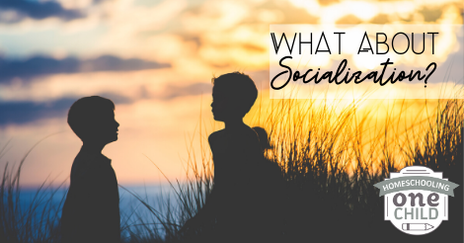 My daughter spent two-and-a-half years in public school; she has also spent a total of two years now in homeschool, so I feel like I have a unique perspective on the whole "socialization" debate. I know that since every child is different, and no two homeschools or public schools are the same, so the experiences that my daughter and I have are unique to Laura and I. So I can only offer what experiences we have had. I homeschooled Laura the first semester of Kindergarten. Life interrupted, and I had to enroll her in an elementary school near our home due to unforeseen circumstances that were out of our control. She went to public school for the remainder of kindergarten, first grade, and then second grade. We withdrew her from public school and started homeschooling her at the very beginning of third grade. She is now in the fourth grade in homeschool. During the two-and-a-half years she was in public school, she alternated between being shy during times when it would have been good for her to talk up, and she was talkative when she it was required for her to be quiet. She's imaginative, playful, spirited, and social by nature. She's a born leader, but was shy around adults to the point that she would not ask for help if she needed it. She learned that adults in authority were not to be questioned, which in her mind meant not asking for help. I do not mean to question authority by any means -- I mean, she learned that if a teacher or adult did something, and she didn't understand, she just let it go instead of asking questions. Asking questions, to Laura, meant a child didn't know what was going on so they spent recess inside being tutored instead of out on the playground. Laura has chronic migraines, ADHD, and dyslexia. She missed about twenty days of school in second grade due to migraines alone, then throw ten days' missed due to back-to-back episodes of Flu Type A and Type B. Her dyslexia required her to go to a special class for reading; during the time she was in the reading class, her teacher would hand out the spelling word lists. Laura never asked for the spelling words and the teacher assumed that she had them. So her spelling tests dove off cliffs into seas of failing grades. When we learned of the spelling test fiasco, we made it known in a meeting that she is to have her spelling lists. Laura was asked by the teacher, why didn't you get up and get the list out of the cubby? She said, "You said we were to stay seated. I thought I couldn't get up and get them." This is the socialization that we experienced in public school: sit down, be quiet, no talking, do your work. No wiggling. Walk in straight lines to the cafeteria and library. Stay on the right side of the hallway. Don't question teachers or principals. Listen: there are things being taught in public schools that should be questioned. History is being re-written and that should be questioned. Biology is being re-written and that should be questioned. When schools do not allow questioning of curriculum or adults who are teaching curriculum that is contrary to nature or historical fact, that is when alarms should go off. When kids are taught from elementary school to not question, they are being set up to blindly accept any and all things being taught by adults in authority--no matter how false they are. Since Laura has been homeschooled from the beginning of third grade, her self-esteem has increased. Last year, during a children's Christmas program at our church, she read (on grade level!) the Christmas story from Luke 2, in front of the entire congregation. She accidentally bumped the hand-held mic and it fell down; the sound tech was nearby and had to fix it while she stood there, in front of everyone. I thought she was going to cry. But She Who Would Have Cried A Year Before swallowed hard, smiled, and started over at Luke 2:1, with boldness and feeling. I was so proud. Laura, now, walks up to the librarian at our local library and asks for help to find a book or access to the computer--without me. If she is given information that she doesn't understand, she will ask for clarification. She takes ownership of her homeschool materials and her education. She walks beside adults, so she can see where she's going and to ask questions, instead of behind them, trusting the route they're going is correct. This past weekend my husband, Laura, and I were at a wheelchair basketball tournament my husband was playing in. Laura found another child, introduced herself, and created games for the two of them to play while their respective parents were playing or watching basketball. As the other child was younger than her, she led the child and protected him from runaway balls or people in wheelchairs. She shared snacks with him. This weekend, Laura initiated and talked with people of all ages, skin colors, and abilities. She is not learning that this group of kids can learn this way and that group of kids is learning something else because they are different. Because of homeschooling, she is learning that we all have various abilities, and that kindness goes a long way. Because of homeschooling, she is learning that if she needs to use the bathroom, she just needs to go. Asking permission to take care of one's bodily functions is the first step toward socialism, and the government is not in charge of my body--or Laura's. She is learning real-world situations and how we deal with them (such as health crises, taking care of elderly loved ones, financial issues, traveling, etc). She is learning that God steers her life's ship. So what about socialization? Laura interacts with kids of all ages wherever she goes: the park, church, her American Heritage Girls troop, the neighborhood. Life is not divided into age groups; children need to know how to get along with people of all ages, nations, creeds, and colors. She also knows who she is, Whose she is, and what she believes--that is what I want for my daughter. Last year, she and I were at a grocery store and were wearing our homeschool t-shirts, as we had been on a field trip that day. A stranger in the check-out line noticed the shirts and struck up a conversation with her. Don't you just love it when total strangers feel they have to proctor exams with homeschooled kids in grocery stores? The stranger asked Laura what grade she was in. She said, "Third." The stranger then asked what she was learning about in homeschool. She said, "The Civil War." The stranger said, "Ohhhh! Can you tell me a reason for the civil war?" I knew what she was fishing for: slavery. Laura said, "Yes, when the American colonies were first colonized, there were three divisions: northern, middle, and southern. The British discovered more iron and coal in the northern colonies so that made them more industrial, and the middle colonies had little farms, but the southern colonies had huge farms. So right off the bat, that made tensions between the three sections as the southern colonies needed more manpower..." The stranger's eyes were huge. She then cleared her throat and asked me, "Well, what do you do for socialization?" Laura didn't hesitate. "Excuse me, ma'am, but...I'm talking with you, aren't I?" The question of socialization is a moot point. There are plenty of opportunities to get kids together and they will interact. It's important the kids see the parents interact, too--as they learn as much from watching us as they do from curriculum. While we need to protect our kids in this era of "stranger danger," we also need to allow supervised opportunities like the one we had in the grocery store. Blessings, Terrie (C) 2020 Terrie McKee ALL RIGHTS RESERVED |
AuthorTerrie Bentley McKee is an author and speaker who homeschools her youngest daughter. Married to her husband Greg, they have four children, all of whom have special needs of varying degrees. Terrie is a follower of Jesus Christ and tries to glorify God in all she does. To read more about her testimony, click here. Affiliate LinksHomeschooling One Child is a participant in the Amazon Services LLC Associates Program, an affiliate advertising program designed to provide a means for sites to earn advertising fees by advertising and linking to amazon.com. Check out our YouTube channel!Check out our podcast!Please pin!Archives
January 2024
Categories
All
|
- Home
- Blog
- Podcast
-
Resources
- Teach What is Good Devotional
-
Convention Resources
>
- Homeschooling a Teen with Autism
- Tips on Creating a Disability-Inclusive Church
- How to Teach Your Exceptional Child about Faith
- Homeschooling Preschoolers with Autism
- How to Pick Developmentally Appropriate Curriculum for your Autistic Child
- Overwhelmed
- Homeschooling One Child
- Life Skills Chickens
- Strategies on Homeschooling Kids with Special Needs
- About Us >
- Vlog
- Homeschooling News
- Printables
- Special Needs
- Curriculum
- Encouragement
- Home Management >
- History
- Science
- 25 Days of Advent
- Courses
- Store
(C) 2023 Terrie Bentley McKee ALL RIGHTS RESERVED
- Home
- Blog
- Podcast
-
Resources
- Teach What is Good Devotional
-
Convention Resources
>
- Homeschooling a Teen with Autism
- Tips on Creating a Disability-Inclusive Church
- How to Teach Your Exceptional Child about Faith
- Homeschooling Preschoolers with Autism
- How to Pick Developmentally Appropriate Curriculum for your Autistic Child
- Overwhelmed
- Homeschooling One Child
- Life Skills Chickens
- Strategies on Homeschooling Kids with Special Needs
- About Us >
- Vlog
- Homeschooling News
- Printables
- Special Needs
- Curriculum
- Encouragement
- Home Management >
- History
- Science
- 25 Days of Advent
- Courses
- Store
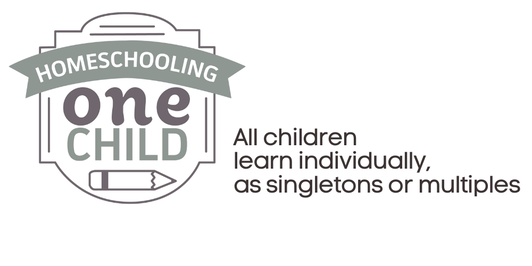
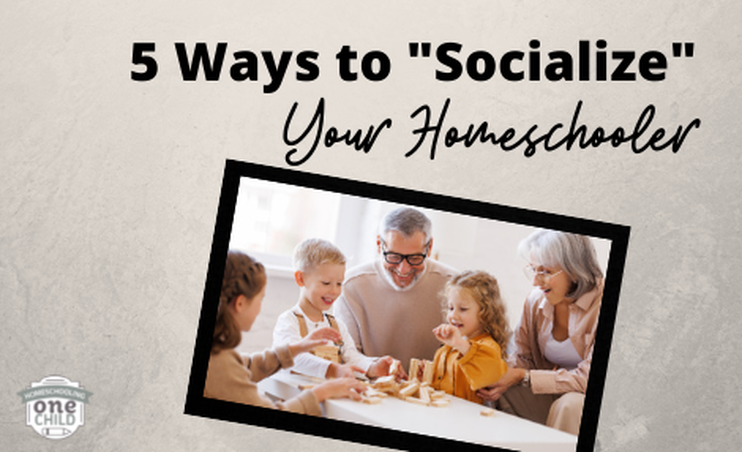


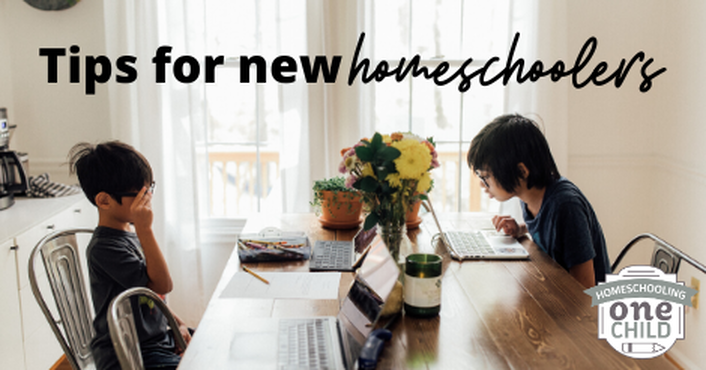
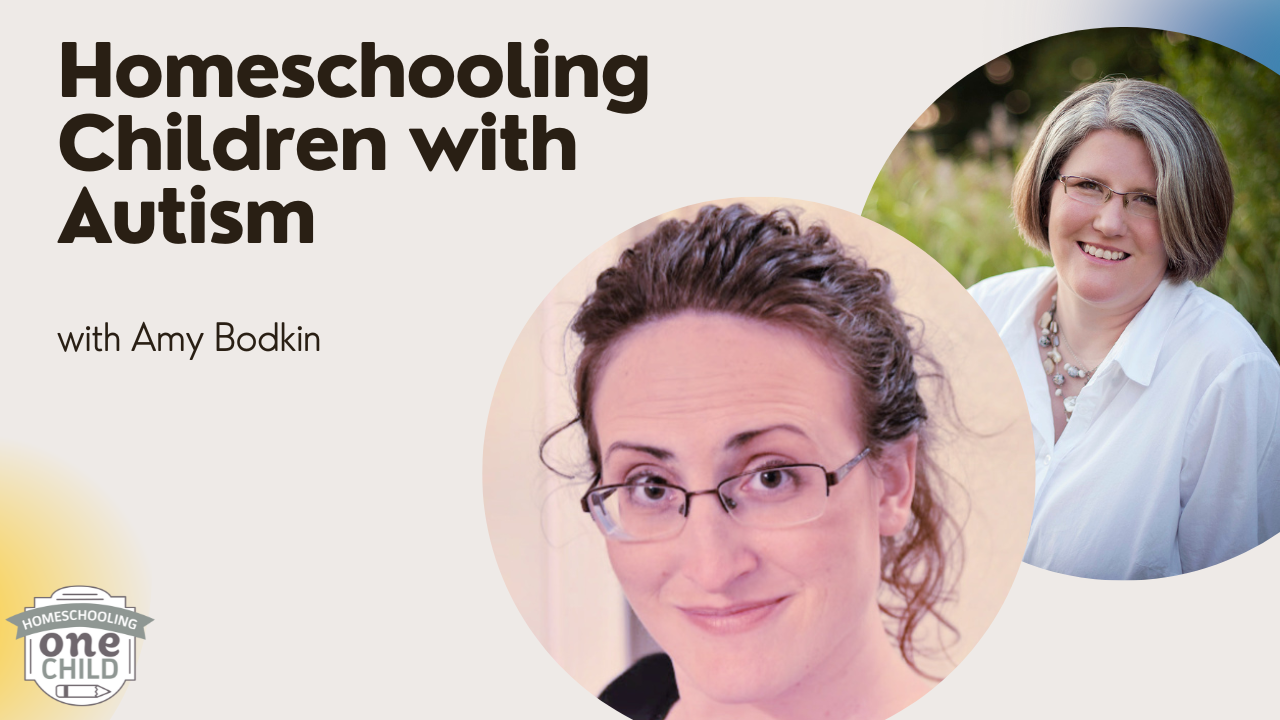
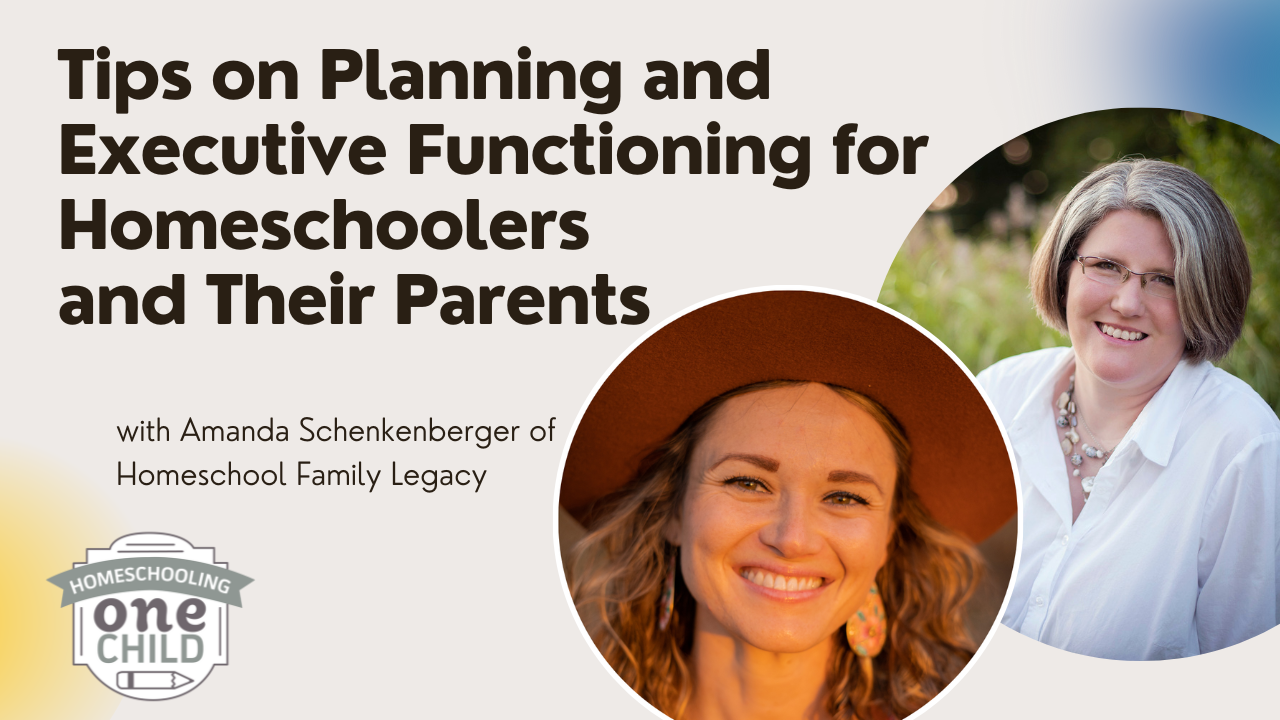
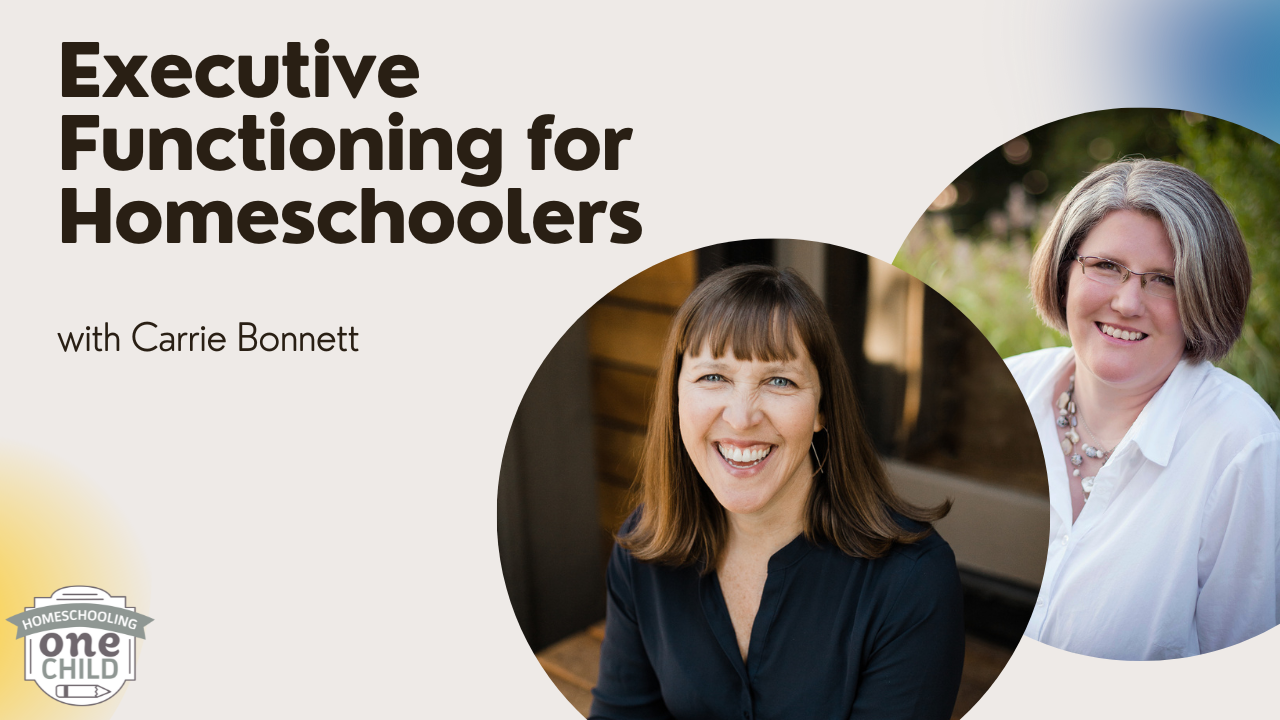
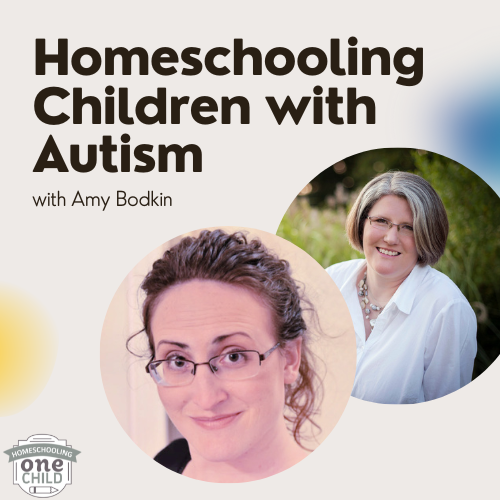
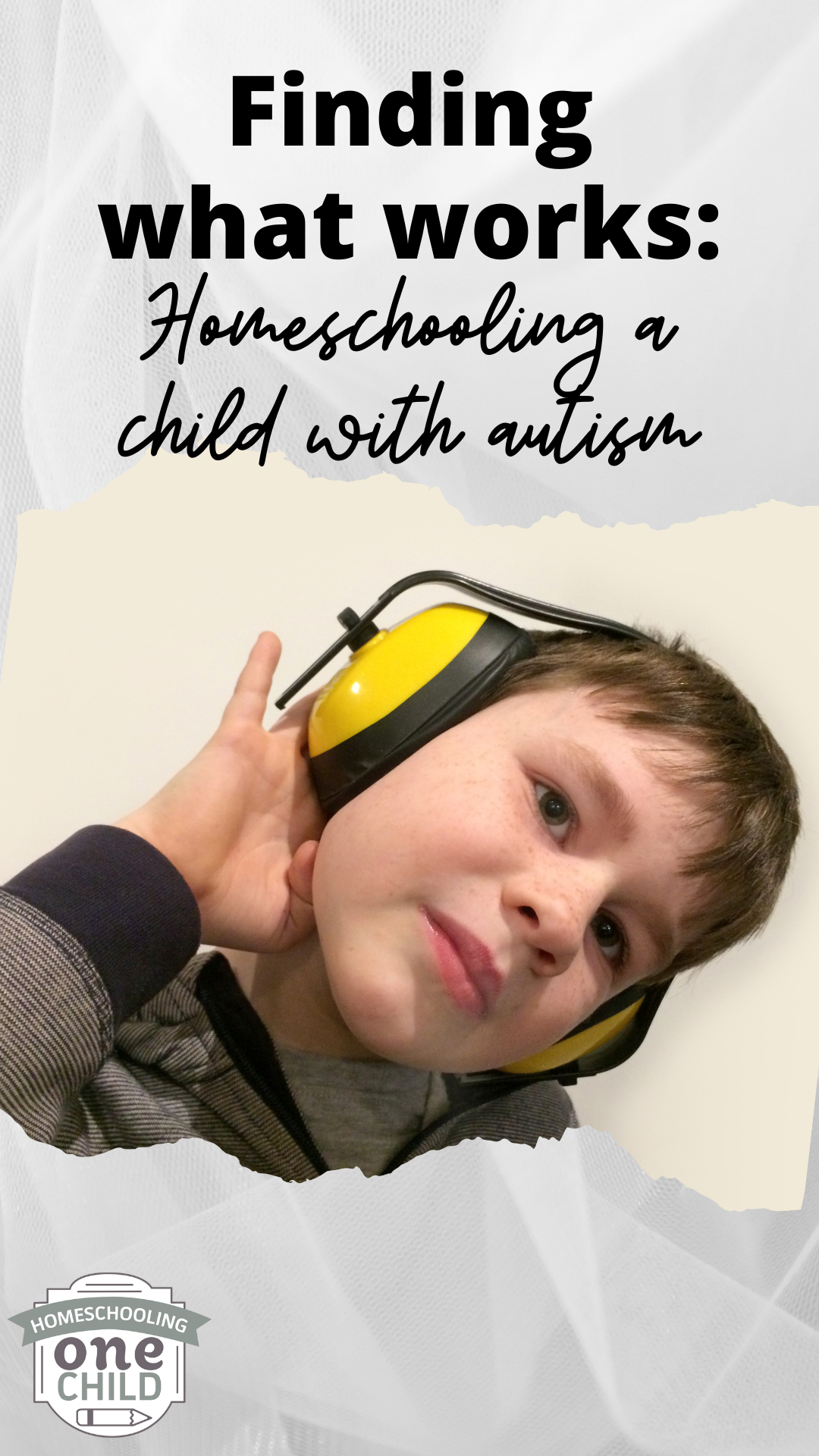
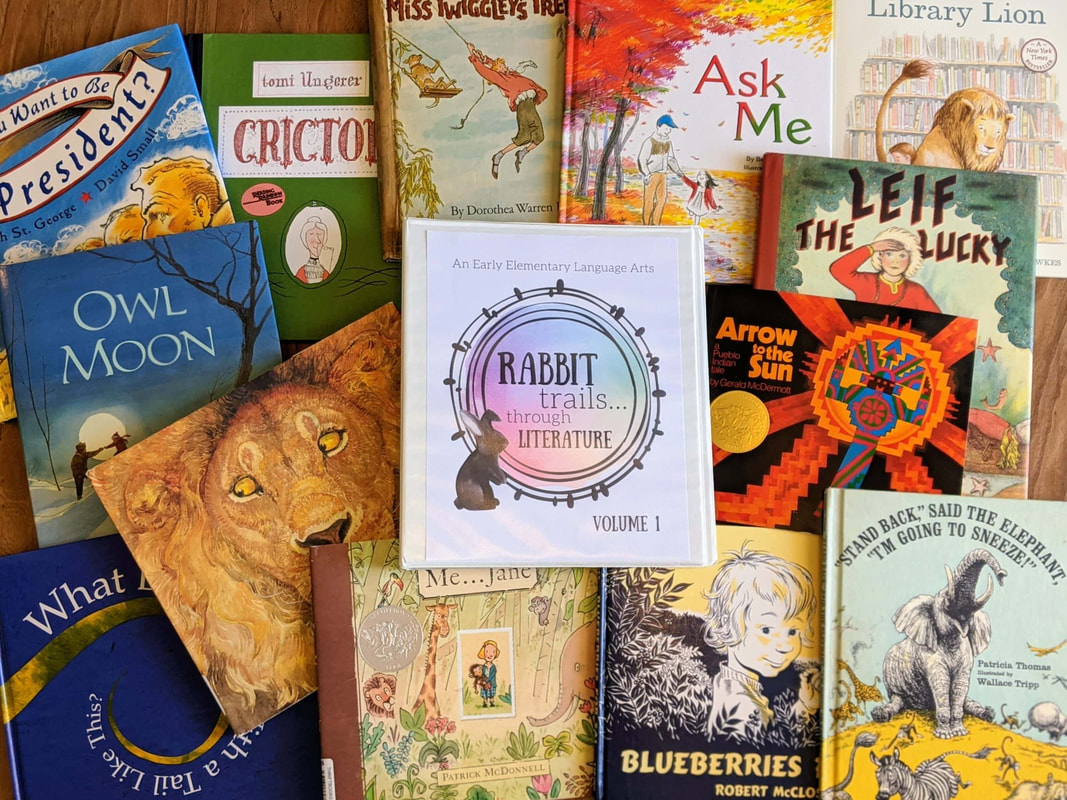
 RSS Feed
RSS Feed
